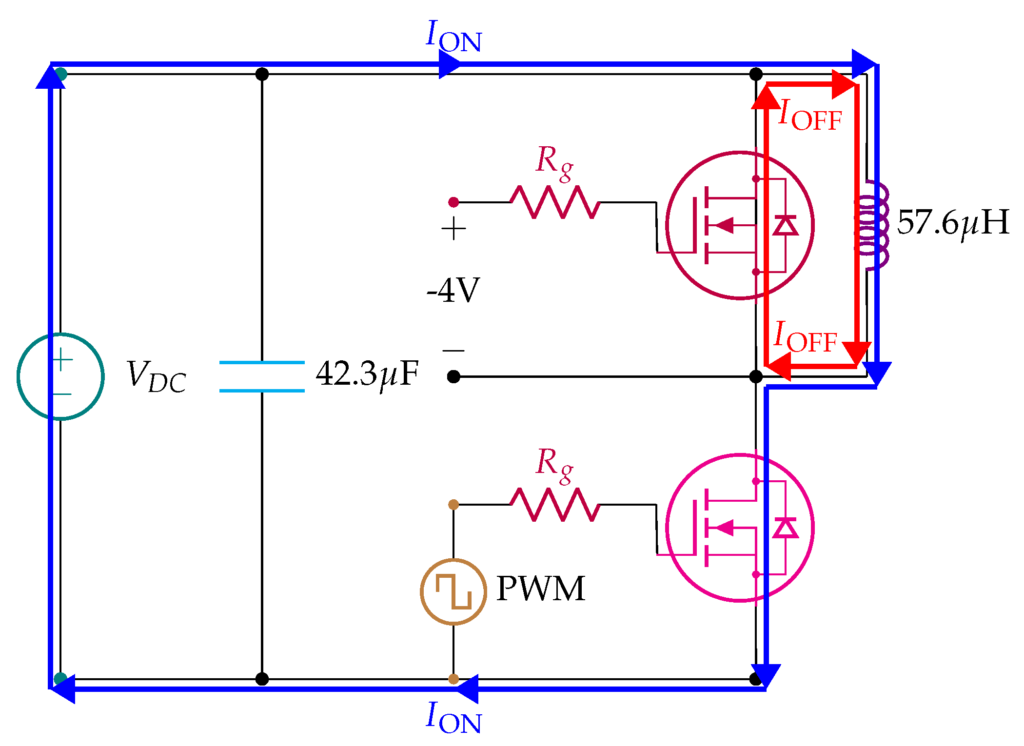MOSFET Paralleling Design Guide: A Simple Approach for Hobbyists and Engineers

When designing circuits that require high current, one common challenge is managing heat dissipation and ensuring balanced current sharing. Paralleling MOSFETs (Metal-Oxide-Semiconductor Field-Effect Transistors) is a common solution, but it comes with its own set of issues—such as uneven current distribution, leading to overheating or failure of the MOSFETs.
The Problem and Solution :
MOSFETs connected in parallel may not always share current evenly. This happens because of small differences in their electrical characteristics, which can cause one MOSFET to take on more current than the others. The solution is to use source resistors in series with each MOSFET. These resistors help balance the current, ensuring that each MOSFET shares the load more equally.
Practical Example :
Imagine you’re building a high-power motor controller. You need to parallel MOSFETs to handle the motor’s current, but without proper current sharing, one MOSFET could overheat and fail. By adding small resistors (like 0.1Ω) in the source leg of each MOSFET, you can make sure the current is split evenly, preventing damage.
Sample Calculation :
Assume each MOSFET handles 10A, and you use 0.1Ω resistors. The voltage drop across each resistor is:
V = I × R
V = 10A × 0.1Ω = 1V
This small voltage drop ensures that the current through each MOSFET is well balanced.
SHOP NOW !
For your next project, consider using high-quality MOSFETs or resistors that are Made in India for reliability and support for local innovation. Shop now at SmartXProKits.in and explore components tailored to your needs.
Support our work and India’s innovation—buy from our Make in India site!




















